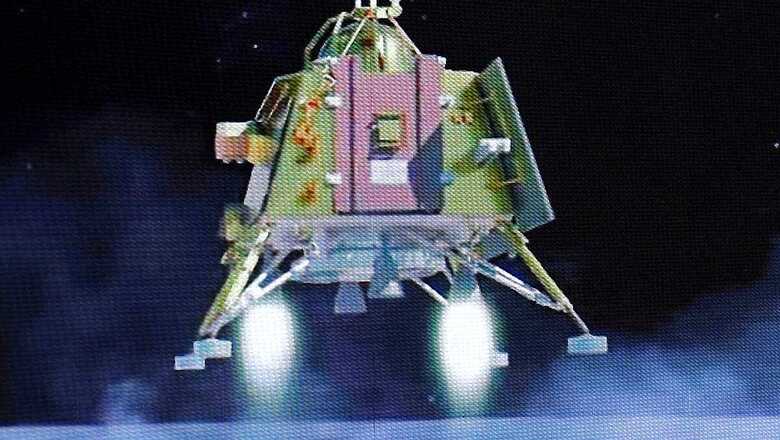
views
India’s journey in the realm of space technology has evolved from humble beginnings marked by the launch of a rudimentary rocket in 1963 to becoming the fourth nation globally to have softly landed on the south pole of the Moon. The contribution of the private sector to the Chandrayaan-3 and Aditya L1 missions is a testament to the growing capabilities of India’s space tech start-ups as well as the public-private partnership (PPP) model.
Several private companies collaborated with the Indian Space Research Organisation (ISRO) on the Chandrayaan-3 mission, highlighting how successful the PPP model could be in India’s space endeavours. One such example is Larsen & Toubro (L&T), whose aerospace wing played a pivotal role by supplying critical components for Chandrayaan-3’s launch vehicle. Additionally, Mishra Dhatu Nigam Limited provided essential materials like cobalt base alloys, nickel base alloys, titanium alloys, and special steels, contributing to various components of the lunar mission’s launch vehicle.
Bharat Heavy Electricals Limited (BHEL) supplied the batteries for Chandrayaan-3 while the Welding Research Institute (WRI) of BHEL provided bi-metallic adaptors. MTAR Technologies played a significant role in manufacturing key parts such as engines and booster pumps.
Godrej Aerospace contributed by producing vital engines and thrusters, including the L110 for the core stage and the CE20 engine thrust chamber for the upper stage. Ankit Aerospace supplied essential materials such as alloy steel, stainless steel fasteners, and specially crafted titanium bolts, enhancing mission durability and performance.
Walchandnagar Industries delivered critical booster segments, flex nozzle control tankages and hardware for Chandrayaan-3’s launch vehicle. Additionally, Omnipresent Robot Technologies developed the Perception Navigation Software which allows the Pragyan rover to navigate and capture 3D images of the lunar surface.
For the Aditya-L1 mission, some private companies that worked with ISRO for Chandrayaan-3 contributed to the solar mission. This includes L&T, BHEL, and MTAR Technologies. Similarly, the Aerospace Division of Chakradhara Aerospace and Cargo Private Limited (CACPL), which had contributed to the Chandrayaan-3 mission, has expanded its technical skills and products for the PSLV-C57 launcher and the Aditya-L1 satellite.
Additionally, Ananth Technologies, with its extensive experience in satellite systems design, development and integration, partnered with ISRO and played a crucial role by manufacturing numerous avionics packages for Aditya-L1.
The successful launch of the Aditya-L1 mission, following the Chandrayaan-3 triumph, has gained praise from space exploration experts and the Indian Space Association, which commended ISRO’s achievements and highlighted their significance in boosting trust in India’s private sector’s ability to contribute globally. Many experts had stressed that the successes would further enhance funding prospects for private companies.
Growth Story of Space Tech
While ISRO continues to welcome private players into the space sector, the growth story of space tech start-ups in India is commendable. It was driven by a number of factors such as the government’s decision to open up the sector for private players, cabinet approval of the Indian Space Policy, 2023, increasing demand for space-based services — cutting-edge as well as affordable technology –, and growing interest of investors.
The opportunities for private players in space technology from India in the near future are believed to be massive. The Indian space market is expected to grow to $40 billion by 2040 and space tech companies are expected to play a major role in this growth with their contribution in terms of satellite manufacturing, launch services, communication, navigation services and other space-related technologies.
Pixxel, Bellatrix Aerospace, TeamIndus, Skyroot Aerospace, Agnikul Cosmos and Dhruva Space are just a few of the many space tech start-ups that are operating in India and are also part of the country’s space tech’s growth so far. These firms are helping to make space more accessible and affordable, and are developing innovative solutions that will benefit people all over the world.
However, it is clear that the nation is on the edge of unlocking boundless opportunities in space exploration and technology. With innovation at its core and government support, India’s private space companies are expected to play a pivotal role in shaping the future of space technology, reaffirming India’s status as a rising star in the global space industry.


















Comments
0 comment